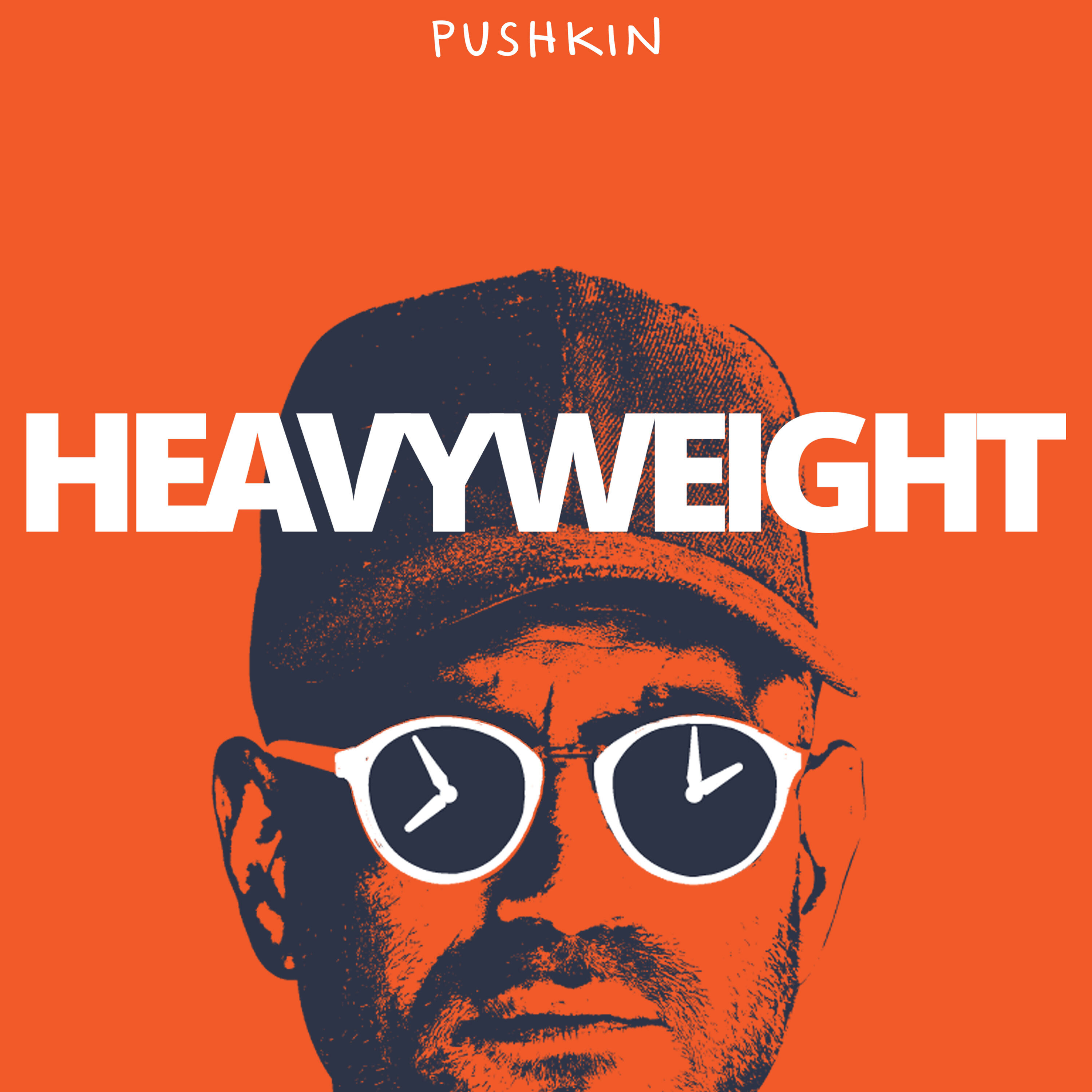Lab Leak: Could Smallpox Come Back?
In 1978 the world is on the brink of declaring victory over smallpox. No cases have been seen for months, and it looks like the end for a deadly, painful disease. When a photographer in Birmingham begins to feel ill, doctors are mystified: it looks like smallpox, but how could she have caught it? As they try to contain the outbreak, questions about blame and lab safety erupt in a media frenzy, questions that remain today.
For a full list of sources, see the show notes at timharford.com.
Get ad-free episodes, plus an exclusive monthly bonus episode, to Cautionary Tales by subscribing to Pushkin+ on Apple Podcasts or Pushkin.fm. Pushkin+ subscribers can access ad-free episodes, full audiobooks exclusive binges, and bonus content for all Pushkin shows.
Subscribe on Apple: apple.co/pushkin
Subscribe on Pushkin: pushkin.fm/plus
See omnystudio.com/listener for privacy information.
Press play and read along
Transcript
Transcript is processing—check back soon.

